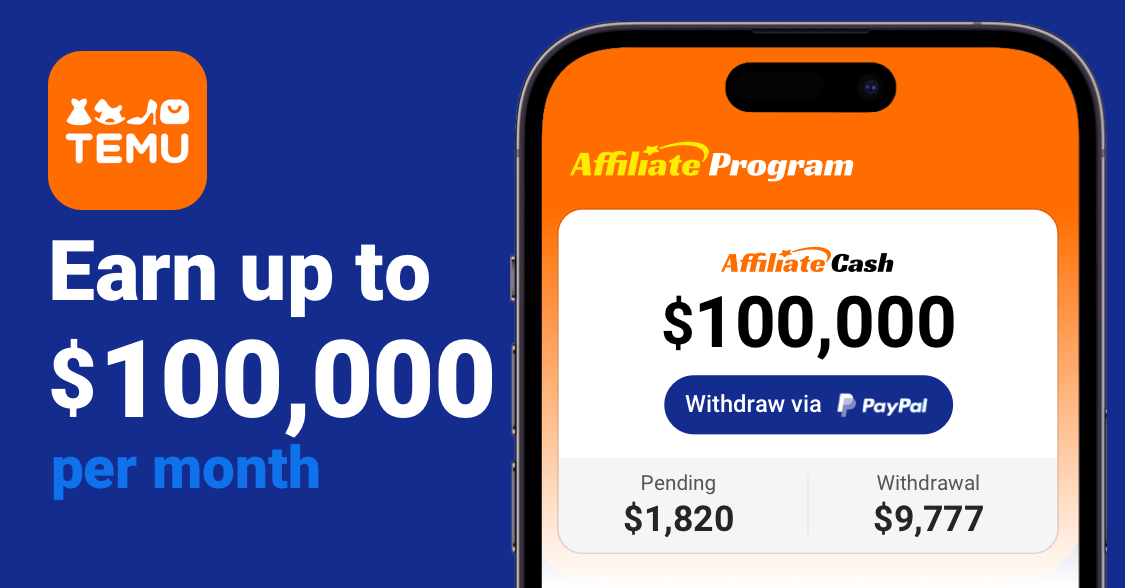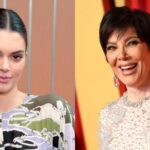“We are always looking outside of our sport, and even sport in general, to understand how we can engage with our fan base,” says a Mercedes spokesperson. “We’ve understood that creating authentic opportunities for fans to engage with our team members, including our drivers, helps deepen that relationship with our fans and vice versa.”
Of course, the end goal remains the same: winning championships, both for the constructors and the drivers. However, strategies like Mercedes’ mark a shift. Formula 1 is no longer just a motorsport. It’s an experience, a fandom ecosystem, and increasingly, a place where emotional investment is cultivated with the same care as on-track performance.
The comparisons between F1 and K-pop aren’t just metaphorical. Sometimes, they’re strikingly literal. Fancams? F1 has onboard footage taken from the driver’s seat. Official fan colors? McLaren’s papaya orange and Ferrari red are as recognizable in the grandstands as Seventeen’s rose quartz and serenity is in an arena. Pre-race meet-and-greets often include games of giant Jenga or challenges, not unlike the variety show antics that introduce K-pop idols to new fans. And of course, there’s the online discourse: fans defending their favorite driver with the same intensity as someone arguing for their K-pop bias.
“I feel like F1 stan Twitter and K-pop stan Twitter are the same,” says Francesca Verceles-Zara, a fan of both K-pop and Formula 1. “If you’re going hard for a driver or a particular constructor, it’s the same type of shit that you see when it’s a BTS stan versus an EXO stan, or like a HYBE stan versus an SM stan.”
There are only 20 F1 drivers on the grid, just six short of the 26 members in the sprawling NCT collective. Both are global groups of young men in designer fits, flying from city to city, delivering synchronized performance under immense pressure, and fans are tracking every move. “The fact that there are more NCT members than F1 drivers in the world is hysterical,” Larson laughs.
“F1 fandom is literally the modern-day boy band fandom,” Valen explains. “Unlike other sports where only two teams compete at a time, the entire F1 paddock is together every weekend. It’s a tiny ecosystem, and the constant interaction makes it feel like a fishbowl. That makes for entertaining content.”
When F1 Drivers Become Idols
For many new fans, the emotional connection to F1 begins not with lap times or qualifying results, but through memes, Twitch streams, and perfectly chaotic YouTube videos. Drivers like Lando Norris, Leclerc, and Yuki Tsunoda have emerged as personalities as much as competitors, drawing in viewers through their off-track personas as gamers, jokesters, and Kardashian impersonators.
“I just wanted to learn their names,” says Verceles-Zara, who became an F1 fan during the so-called “streaming era” of Norris and Leclerc’s Twitch days. “And then 10 hours later, you know everyone’s backstory, their whole dating history, and you’re like, ‘Why am I so invested?'” For her, it wasn’t the races that first pulled her in; it was the content. “It was the McLaren content — Carlos [Sainz Jr.] and Lando when they were paired together. Also, the Red Bull stuff with Max [Verstappen] and Daniel Ricciardo. They were chaotic as a pair. That was what really drew me in.”









